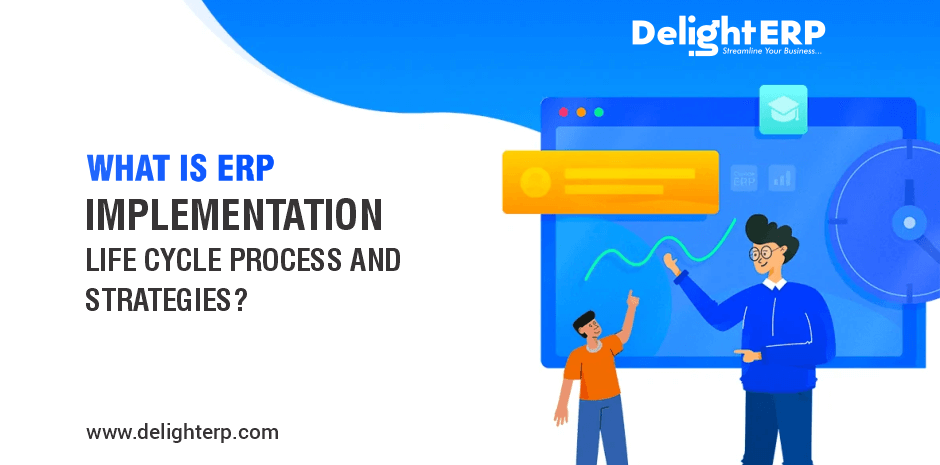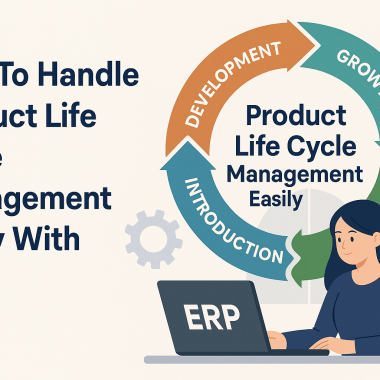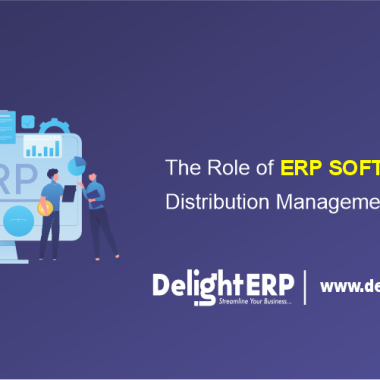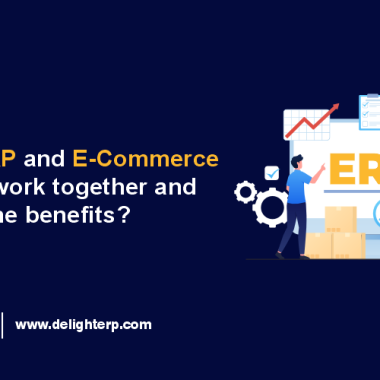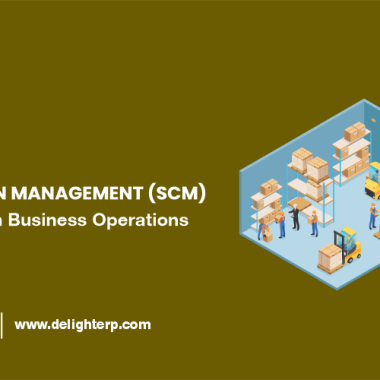For the companies planning for deploying an ERP package for ease of the business, the biggest confusion the owner of the company faces would be from where to start the process of deployment?
Whether to opt for viewing various catalogs of the software packages to see what it provides or doing the research about the organization’s requirements first and then going for the purchase in the software market, whether to deploy it using an external help for deploying, implementation and support or to hire an expert in implementing the ERP platform for these process, in-house, etc. are the things that might come in mind before the deployment of the software in the company.
The solution to this is implementing an ERP implementation life cycle. Not only does it help in making the business streamline, but it also reduces the time as well as efforts wasted in following an unstructured pattern for implementing the software, due to which the life cycle can prove to be cost-effective for the company if implemented accurately.
Hence, in the following blog, let us discuss the various stages of the ERP implementation life cycle that may guide the company owners whilst deploying the software for their companies.
The implementation of the ERP software package is not an easy task that can be fulfilled in a day or two; it might take a fortnight or a month to get completed. This life cycle is an eight-step process, starting from selecting the package to the maintenance of the software.
The phases of ERP life cycle are described as follows
1. Selecting the relevant package as per the organizational needs:
After carrying out rigorous research on the needs of the company, the relevant ERP package is chosen. Also, the factor that the software can be customized in the future when the requirements change should be kept in mind whilst selecting the package.
2. Planning for Projects
Once the package has been purchased, you need to plan for its implementation process in your company through assigning tasks to employees, whom you feel will be a good fit for the process of execution, creating deadlines, follow-ups, etc.
3. Analyzing GAP
This can be important as well as a critical phase for the execution life cycle. This analysis helps in creating a particular prototype for identifying the current scenario of the organization and its future aspects which may depend on the present business goals.
4. Applying Re-engineering process
This phase involves the analysis of the reductions or increments regarding the number of workers in a particular time span. Again, due to this, change in roles or responsibilities of the workers is also recorded. These factors directly impact company performance, so the proper analysis of these aspects is important.
5. Giving proper training to the employees
The employees require getting the knowledge of the system that is going to be implemented in the organization now onward. Hence, there must be a team of professionals who should gain expertise in implementing the software, and because of it, proper training from professionals should be provided to them.
6. Testing the software
Whenever new software is being deployed in the company, the IT team tests software with various test cases. The factors that are tested in the software are, error detection, overloading of software, multiple users logging in together, security and authentication of data and system access, etc.
If testing is done successfully, and the above factors sound OK, then the software package is declared as ready to use.
7. Applying/implementing the software
The real implementation process starts here after the software has been declared as ready to use for the workers of the organization. Once data is entered into the database and relevant settings for the tasks in the company are done, then the older packages can be discarded and the new package can be used.
8. Maintaining the software
Maintenance comes as the last phase of the ERP software implementation life cycle. In this phase, the employees are taught about some common issues that can occur whilst running the software, and how to deal with those issues.
So this was all about the implementation life cycle of the ERP software package. Now let us discuss various strategies using which these life cycle phases can be implemented.
The strategies for implementing ERP software can be as follows
1. Before moving forward to start using the system, identify its utilization and requirements clearly. Manage your project planning accordingly, so that there are no hurdles in the execution of the project planning process.
2. Take care in migration of the data from your old data storage system to the new ERP system as the chances of data loss, redundancy, etc. might increase during migration.
3. Prepare detailed documentation for user instructions and provide it to the workers, because if they face any issue, they can easily refer to that document and solve the issue on their own. Also, this document should be helpful for a layman employee who is not an expert in the implementation of the software.
4. For ease of use of the software for non-technical employees, start with the implementation of the basic functionalities of the software, mostly which can be utilized in a single go. This will create a wave of relief for the management when there are deadlines and timelines involved.
5. Unlike the above step, following a technique, the phased rollout is faster as it involves the implementation of the requirements other than the basic functionalities, so it is also possible that it may not be implemented in a single go.
6. Try parallel processing of the software already present and new ERP portal so as the other tasks of the company cannot be affected.
7. Do not rush for customizing the software, as more time would be wasted in introducing them to the employees as they might have just coped up with the new, basic software.
8. Try to make your software accessible online so that the employees can use it from their mobile devices anywhere and anytime they want to.
9. Don’t complete the training for the employees in a hurry. Allow them to take time to learn the new system as they need to become experts in its utilization, and they need to use it on a regular basis.
Also, check How Cloud ERP Software Solves Product Manufacturing Problems
Conclusion
Hence, concluding our discussion, you need to implement the above-mentioned phases of the life cycle as well as strategies once you purchase the software, before giving a thumbs up to start utilizing it.
Visit our site for more details and FREE DEMO of the ERP system for your business at delighterp.com.

